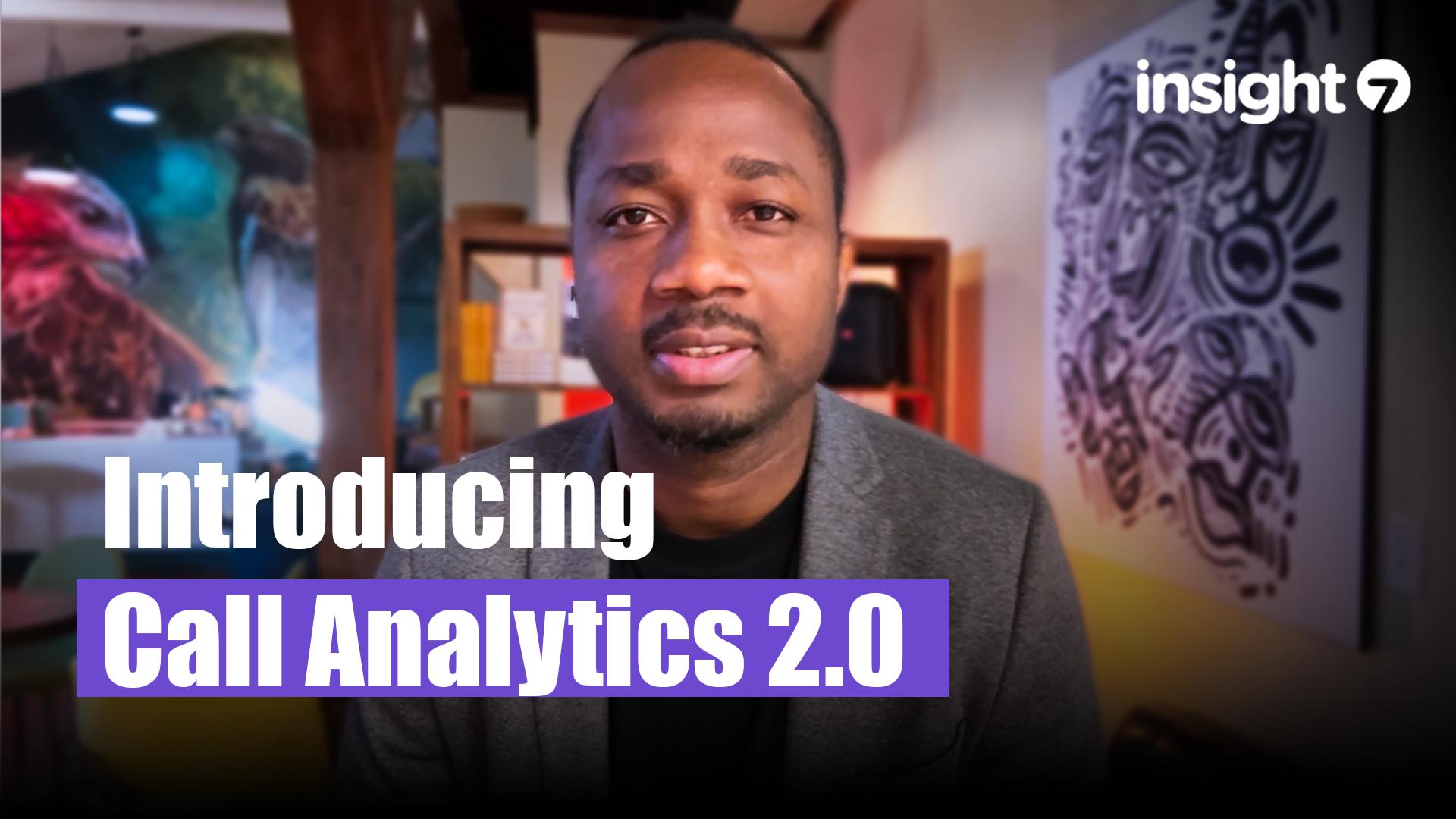How to Implement Data-Driven Communication Strategy
-
Bella Williams
- 10 min read
Data-Informed Messaging transforms the way we communicate with our audience, fostering deeper connections. By integrating data into our messaging strategies, we can tailor our content to meet specific needs and preferences, enhancing relevance and engagement. This approach is critical in a crowded marketplace where understanding your audience can set you apart from competitors.
Employing data-informed messaging not only improves communication but also informs decision-making. By analyzing customer interactions and feedback, organizations can identify trends, preferences, and pain points. This insight allows for crafting messages that resonate on a personal level, ultimately driving stronger relationships and promoting customer loyalty. Understanding how to implement this strategy is essential for successful engagement.
The Foundations of Data-Driven Communication
To build a successful data-driven communication strategy, understanding the foundations is critical. At the heart of this approach lies Data-Informed Messaging. This concept emphasizes the importance of using data to shape and refine your communication efforts. By analyzing customer insights and performance metrics, organizations can craft messages that resonate more deeply with their target audience.
The first foundation involves clearly defining objectives. Organizations must ask themselves what they aim to achieve with their communication efforts. Next, it is vital to gather relevant data. This could mean collecting customer feedback, identifying market trends, or utilizing analytics tools. Finally, the insights derived from this data should guide the messaging strategy. By iterating on messages based on data feedback, organizations can create more effective communication that resonates with their audience, ultimately fostering stronger connections and driving desired outcomes.
Understanding Data-Informed Messaging
Data-informed messaging relies on understanding customer data to craft compelling, targeted communication. By analyzing existing datasets, you can uncover insights that resonate with your audience. Gathering and interpreting data not only helps you identify their needs but also highlights the best methods to engage them effectively. This approach ensures your messaging isn't just guesswork but grounded in actual customer behavior and preferences.
To implement effective data-informed messaging, consider the following steps:
Data Collection: Gather comprehensive data from various sources, including customer feedback, website analytics, and social media interactions. This rich information pool serves as the foundation for your messaging strategy.
Analysis: Examine the data to identify patterns and trends. Look for common pain points or desires evident in customer feedback that can inform how you communicate your product's value.
Insights Application: Use the insights gained to create messaging that speaks directly to your audience. Tailoring your communication based on identified needs will enhance engagement and response rates.
By systematically integrating insights into your communication strategy, you ensure that your messaging is not only relevant but also impactful.
The Importance of Data in Communication Strategy
Data-informed messaging plays a crucial role in developing an effective communication strategy. By harnessing data, organizations can understand their audiences' preferences and behaviors in a more profound way. This understanding allows for more relevant and tailored messaging that resonates with the target audience. With well-analyzed insights, teams can strategically craft messages that convert rather than simply inform.
To effectively implement a data-driven communication strategy, consider these essential aspects: First, analyze audience data to identify key segments that will shape your messaging. Second, utilize feedback mechanisms to gather real-time input from your audience, ensuring your efforts align with their needs. Finally, consistently measure the performance of your messaging to refine and enhance your approach. By embracing a data-driven framework, organizations can foster stronger connections, drive engagement, and ultimately, achieve their communication goals.
Tools and Techniques for Effective Data-Informed Messaging
Data-informed messaging is essential for crafting communication that resonates with your audience. To effectively utilize this approach, you can begin by harnessing various tools and techniques designed to enhance your messaging. Start with data collection methods, such as surveys or interviews, to gather insights directly from your target audience. This ensures your messaging is grounded in real user needs and preferences.
Next, analyze the data using visualization tools that turn complex statistics into understandable graphics. Tools like dashboards or charts allow you to present data clearly, making it easier to communicate your insights. Additionally, consider using persona-building techniques that summarize your audience segments and their specific pain points. This not only aids in refining your messaging but also ensures it speaks directly to those impacted. Each of these strategies plays a crucial role in creating effective data-informed messaging that can drive engagement and enhance communication outcomes.
Gathering and Analyzing Data
Gathering and analyzing data forms the backbone of any successful communication strategy. Data-informed messaging significantly enhances your ability to connect with your audience. First, identify the types of data you'll need, such as customer feedback, survey results, and social media insights. These sources provide a wealth of information that can shape your messaging approach.
Once you collect this data, it's crucial to analyze it effectively. Look for trends and patterns that reveal your audience's preferences and behaviors. This step helps in creating targeted, relevant content. Additionally, consider utilizing tools designed for market research analysis to refine your insights further. By interpreting the data correctly, your organization can tailor communications to resonate with your audience, ensuring that your messages are addressing their specific needs and interests.
Through systematic data gathering and analysis, you enable the transformation of raw information into actionable insights that drive effective communication.
Implementing Data Insights into Messaging
Data-informed messaging is essential for refining your communication strategy. By analyzing previous customer interactions and feedback, you can identify specific themes that resonate with your audience. Start by gathering data from various channels, such as surveys, interviews, and social media. Organize these insights into actionable categories, focusing on prevalent customer needs and preferences.
Once you have organized the insights, tailor your messaging to address these areas specifically. For instance, if data shows a common concern among customers, highlight how your service resolves this issue in your communications. Regularly revising and adjusting your messaging based on fresh insights will ensure that you stay relevant and connect meaningfully with your audience. Always remember to iterate on your data-informed messaging to keep pace with changing customer expectations and maintain engagement.
Conclusion: Mastering Data-Informed Messaging for Success
Mastering data-informed messaging is crucial for any organization aiming to thrive in today’s competitive environment. By effectively analyzing and utilizing customer insights, you can craft targeted communication strategies that resonate with your audience. This not only helps in understanding specific needs but also fosters stronger relationships, driving engagement and loyalty.
In conclusion, the journey towards successful data-informed messaging involves a blend of understanding, analysis, and application. Implementing a structured approach to harnessing data empowers you to create compelling narratives that support your goals. As you integrate these practices into your communication efforts, you will see a transformative impact on your overall messaging efficacy.







